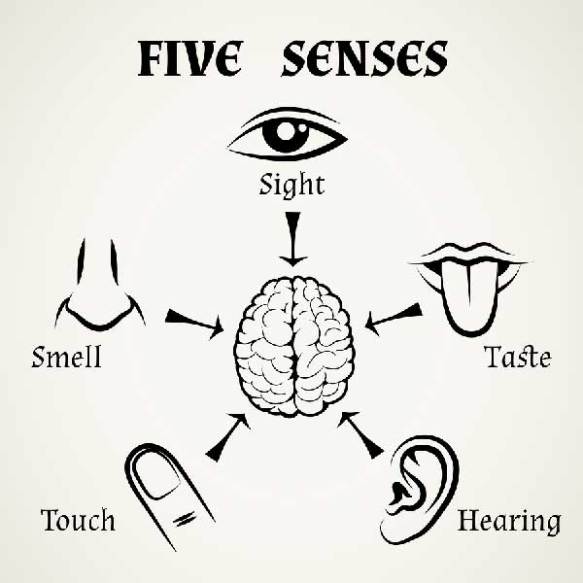ADHD or Attention deficit hyperactivity disorder as is it is known is a common disorder in human kind. Well, researchers have some news to share around the same now. As per the researchers, people with this condition are known to have impairments in brain. Further these impairments are unique in nature and hence it is very difficult to have a common explanation for the cause of this condition.
The findings are based on the research carried out over 117 adolescents having ADHD. They were assessed for impulsive behavior which is known to be one of the most typical behavior in the condition. The study revealed that the participants had shown three different types of characteristics thus leading to creation of three sub categories –
Group 1 – Showed impulsive motor responses during fast moving visual tasks
Group 2 – Showed immediate reward preference
Group 3 – Showed normal behavior for both the tasks compared to 134 non ADHD adolescents
Though the researchers also made it clear that only cognitive testing could help distinguish ADHD patients of different subgroups. They also used the functional magnetic resonance imaging (FMRI) to find out the relation between the impulsive behavior based test profiles and brain dysfunction. But, the results were negative as in the FMRI was not able to record and abnormality other than the core ADHD profile of the brain dysfunction in any of the subgroups because every subgroup showed dysfunction in different regions of the brain depending upon their specific brain impairment.
The results point towards the fact that every brain has different neural systems to manage the executive functions as well as reward processing that are known to contribute individually to the growth of ADHD symptoms.
Well, the study is at a preliminary level and hence as per the researchers it would definitely require detailed study in order to prove that ADHD is a collection of different disorders but this initial study does pave a path to it. The study would also help with effective treatments of people with these conditions because some ADHD medications might not just work well with one subgroup while it might work well with another work group. Hence, targeted treatment would be the approach to be taken because these findings do highlight that more than one factor is definitely responsible for psychiatric disorders like ADHD.
Know more about neurosurgery specialist and specialties




You must be logged in to post a comment.